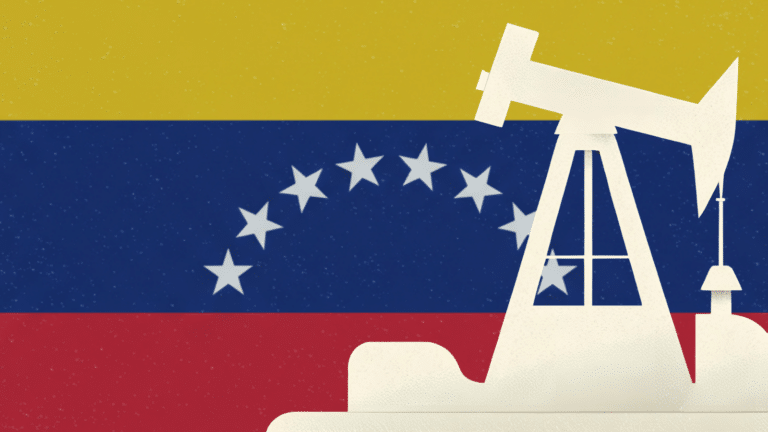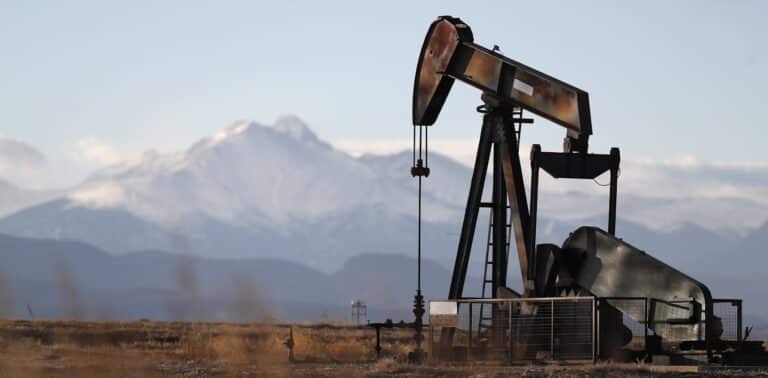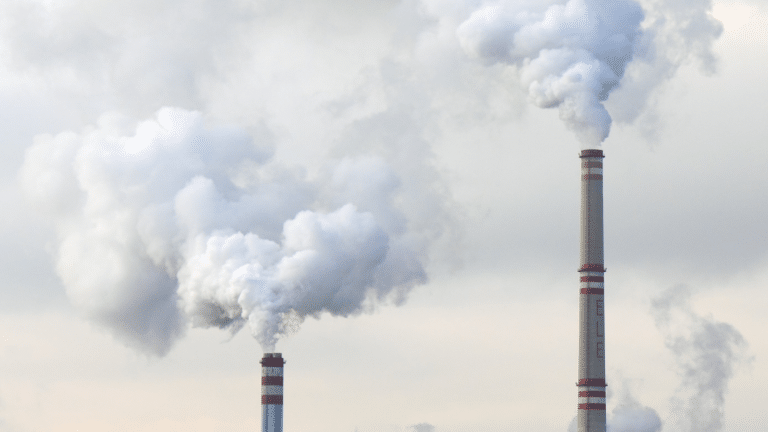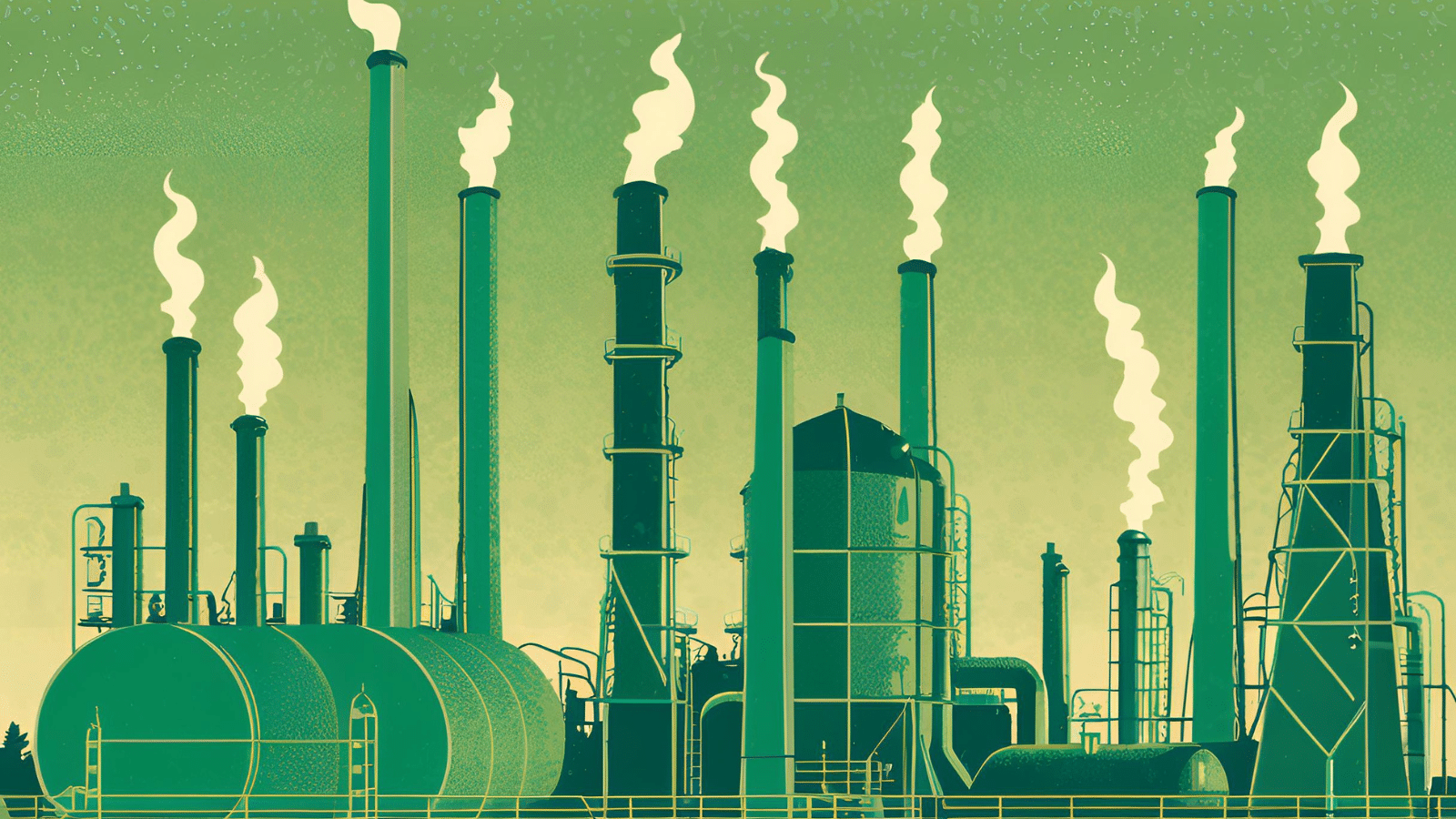This website uses cookies as well as similar tools and technologies to understand visitors’ experiences. By continuing to use this website, you consent to Columbia University’s usage of cookies and similar technologies, in accordance with the Columbia University Website Cookie Notice.
Energy Explained
Insights from the Center on Global Energy Policy
This Energy Explained post represents the research and views of the author. It does not necessarily represent the views of the Center on Global Energy Policy. The piece may be subject to further revision. Contributions to SIPA for the benefit of CGEP are general use gifts, which gives the Center discretion in how it allocates these funds. Rare cases of sponsored projects are clearly indicated.
For a full list of financial supporters of the Center on Global Energy Policy at Columbia University SIPA, please visit our website at Our Partners. See below a list of members that are currently in CGEP’s Visionary Circle. This list is updated periodically.
During a speech at the World Economic Forum in Davos last month, President Donald Trump urged Saudi Arabia and OPEC to increase oil production to lower prices and exert economic pressure on Russia. Despite this, the Joint Ministerial Monitoring Committee (JMMC) of OPEC+ reaffirmed on February 3 its commitment to existing production agreements, emphasizing unity and cohesion among participating countries. The stakes around production decisions are high: a misstep could fracture OPEC+, trigger a retaliatory price war, and strain US-Saudi relations, just as demands related to Saudi’s Vision 2030 to diversify its economy are increasing the need for fiscal discipline.
This Q&A explores the critical choices facing Saudi Arabia and Russia in the months ahead. Will Riyadh align with Washington at the risk of breaking OPEC+ unity? Or will it resist US pressure, maintaining its strategic alliance with Moscow? The answers will shape not just oil markets but broader geopolitical and economic dynamics.
1. President Donald Trump is asking Saudi Arabia to increase oil production while also encouraging US companies to do so, both in an oversupplied market. How can we expect market participants to react to this request?
US oil producer Occidental’s chief executive Vicki Hollub discussed the oversupplied market at the World Economic Forum in Davos last month. She mentioned the need to “work off” spare capacity before thinking about further growth. Energy dominance for the Trump administration may begin to mean more about the ability and option to increase domestic production rather than a promise by oil companies to do so.
But pushing for both Saudi and US production increases may create unintended consequences, such as US oil producers perceiving an oversupplied market and delaying investments. Furthermore, US domestic refiners, especially those reliant on heavier crudes, may not necessarily benefit from a Saudi production increase, unless it is coupled with policy adjustments such as relaxed tariffs on Canadian heavy crude imports.
For Saudi Arabia, the production decision is complicated by its leadership within OPEC and the OPEC+ alliance, in which it is carrying the burden of spare capacity and limited production. For Saudi Arabia to produce and export more, it would likely need assurances that the US will enforce sanctions on Russian oil exports to China and India, as well as sanctions on Iran and Venezuela.
Saudi Arabia and the JMMC of OPEC met February 3 and affirmed their commitment to extend compliance with production cuts to limit exports through the end of 2026. Russian Deputy Prime Minister Alexander Novak said at this meeting that, according to the schedule, several countries that committed to voluntary production restrictions in 2023 will begin to gradually increase oil production as of April 1—a process that will take eighteen months.
The JMMC meets again in April, and in the interim will have better visibility on Trump administration sanctions policy as well as tariff policy on imports of Canadian heavy crude. Though there are no plans to break away from the OPEC+ framework, Saudi Arabia would be remiss not to calculate the costs and benefits of seizing market share and battle a short-term price cut for longer-term dominance, especially if it were sure about rival producers’ restraints via US sanctions.
2. Will Saudi Arabia prioritize its alliance with Russia or accommodate US demands to lower oil prices?
A production hike would weaken Russia’s economic position but could also fracture OPEC+, trigger a retaliatory price war, and reduce Saudi Arabia’s own revenues—complicating its Vision 2030 ambitions. Conversely, resisting US pressure risks strained relations with Washington, leading to political or economic consequences (including the possible reintroduction of the NOPEC bill, meant to penalize coordinated pricing of oil). So far, Saudi Aramco has signaled a cautious approach, favoring market stability over abrupt shifts.
Any decision by Saudi Arabia to increase production would have to come with solid guarantees and incentives from the Trump administration, likely including: a mutual defense agreement, support for a Saudi civilian nuclear program, investment support and technology transfer for Saudi AI ambitions, some negotiation over the future of Gaza and an independent Palestinian state, and an American acknowledgement and political support to Saudi leadership within the MENA region. Oil price sensitivity is probably greater now in Saudi Arabia than it was even in 2020. Saudi fiscal break-even oil prices were projected by the IMF at about $80/barrel in 2023, and then $96/barrel in April of 2024.
Another key Saudi concern is market access in Asia. If the US aggressively enforces oil sanctions on Russia, particularly targeting flows to India and China, this would clear space for Saudi barrels. If there are backdoor deals with Moscow (potentially tied to a Ukraine negotiation), though, Saudi Arabia could end up alienating Russia without gaining the expected Asian market share. Given that China has shown reluctance to comply fully with US secondary sanctions, a scenario in which both Russian and Saudi crude compete fiercely in Asia could emerge, negating the benefits of a production hike.
3. How would a Saudi production increase impact OPEC+ and Russia?
A unilateral Saudi decision to boost production could destabilize OPEC+ by undermining its coordinated output strategy. Russia, already navigating Western sanctions, would see a sharp revenue decline, potentially forcing it to respond with its own production surge—risking a repeat of the 2020 oil price war. Additionally, a supply glut could weaken oil prices beyond Washington’s expectations, harming all producers, including those in the US.
From a US perspective, breaking a Russia-India and Russia-China supply relationship has obvious political benefits, which would also guarantee market share for the future of Saudi oil and oil-to-chemicals production inside of Asia. But the Trump administration might instead negotiate a favorable deal with Russia over the fate of Ukraine, making any strict enforcement of oil sanctions in early 2025 short-lived.
While Russia has limited room to cut production further, or to flood the market with discounted oil, worsening the price crash scenario, it can nevertheless offer steep discounts to key Asian buyers like India and China, forcing Saudi Arabia to either lower its own prices (cutting into revenues) or lose market share. Another factor to consider: could Russia offer long-term energy and defense agreements to Saudi Arabia behind closed doors, creating an alternative counterweight to Trump’s demands?
4. Could this confrontation lead to the collapse of OPEC+?
OPEC+ has weathered internal disagreements before, but Trump’s pressure on Saudi Arabia presents a unique stress test. If Riyadh prioritizes short-term political alignment with the US over its OPEC+ commitments, Russia and other members may reconsider the viability of the alliance. A breakdown could usher in a period of uncoordinated production, price volatility, and increased competition among major producers. If Saudi Arabia does increase production, other OPEC+ members, particularly the UAE and Iraq, could break ranks and follow suit, leading to a broader unraveling of production discipline. Iran and Venezuela, both sanctioned producers, might seek to expand exports aggressively if they anticipate a price drop, further complicating OPEC+ cohesion.
Alternatively, if Saudi Arabia holds firm, it would reinforce OPEC+ cohesion at the cost of escalating tensions with Washington.
However, there is also a scenario where all sides find a way to claim victory without a direct confrontation. Trump’s negotiating style—which can involve demanding significant concessions up front, applying aggressive pressure, but ultimately settling for symbolic wins—suggests that a face-saving compromise is possible. Some OPEC+ members might seek a middle ground by calling for a “temporary” production increase tied to specific market conditions, delaying an outright fracture but setting the stage for deeper disagreements by mid-2025. If, as planned, OPEC+ begins gradually increasing production in April, citing improving global oil demand, it would allow Trump to present this as a result of his insistence, while Saudi Arabia and its OPEC+ partners could maintain that they were always following their internal market assessments.
The April OPEC+ meeting will be crucial in determining whether this face-saving path emerges or whether the rift deepens into a more significant shift in global oil diplomacy.
5. What are the biggest risks associated with miscalculations among oil producers?
The biggest unknown is whether Trump will enforce sanctions in a way that truly alters Russian export flows. If the enforcement is weak, Saudi Arabia could risk damaging OPEC+ unity without actually pressuring Russia much.
If Trump miscalculates and both US oil producers and OPEC+ members refuse to boost production substantially, prices could actually rise instead of fall, undermining his strategy.
OPEC+ will not collapse overnight, but if Saudi Arabia hastens the stress on the organization with its own production boost, it could trigger a chain reaction where producers increasingly prioritize their own interests over collective discipline.
A key question is how financial markets will react. If investors expect Saudi Arabia to agree to Trump’s demands but it instead resists, oil prices could spike, leading to higher US inflation—ironically putting political pressure back on Trump.
Rising macroeconomic instability could increase social and political tensions at a time of heightened repression since the July 2024 presidential elections that have been widely condemned as fraudulent. Thus, the US government and Venezuela’s neighbors might want to be prepared for a scenario where Trump’s actions effectively curtail Venezuela’s ability to evade sanctions.
CGEP’s Visionary Circle
Corporate Partnerships
Occidental Petroleum
Tellurian
Foundations and Individual Donors
Anonymous
Anonymous
Aphorism Foundation
the bedari collective
Children’s Investment Fund Foundation
David Leuschen
Mike and Soa Segal
Kimberly and Scott Sheffield
Bernard and Anne Spitzer Charitable Trust
Ray Rothrock
More on Energy Explained Energy Explained
The Impact of the New US Oil Tariffs on Venezuela
This Energy Explained post represents the research and views of the author. It does not necessarily represent the views of the Center on Global Energy Policy. The piece...

Oil and Gas Industry Takeaways from China’s ‘Two Sessions’
This Energy Explained post represents the research and views of the author. It does not necessarily represent the views of the Center on Global Energy Policy. The piece...

Energy Issues Likely to Top the Modi-Trump Meeting Agenda
This Energy Explained post represents the research and views of the author. It does not necessarily represent the views of the Center on Global Energy Policy. The piece...

China’s Slowing Oil Demand Growth Is Likely to Persist and Could Impact Markets
This Energy Explained post represents the research and views of the author. It does not necessarily represent the views of the Center on Global Energy Policy. The piece...

Relevant
Publications


Geopolitics and Oil Markets in Uncertain Times: Roundtable Report
CGEP recently hosted a private roundtable conducted on a not-for-attribution basis that focused on key geopolitical issues and oil markets in various hotspots, including the Middle East, Russia/Ukraine, China, and the Americas.




